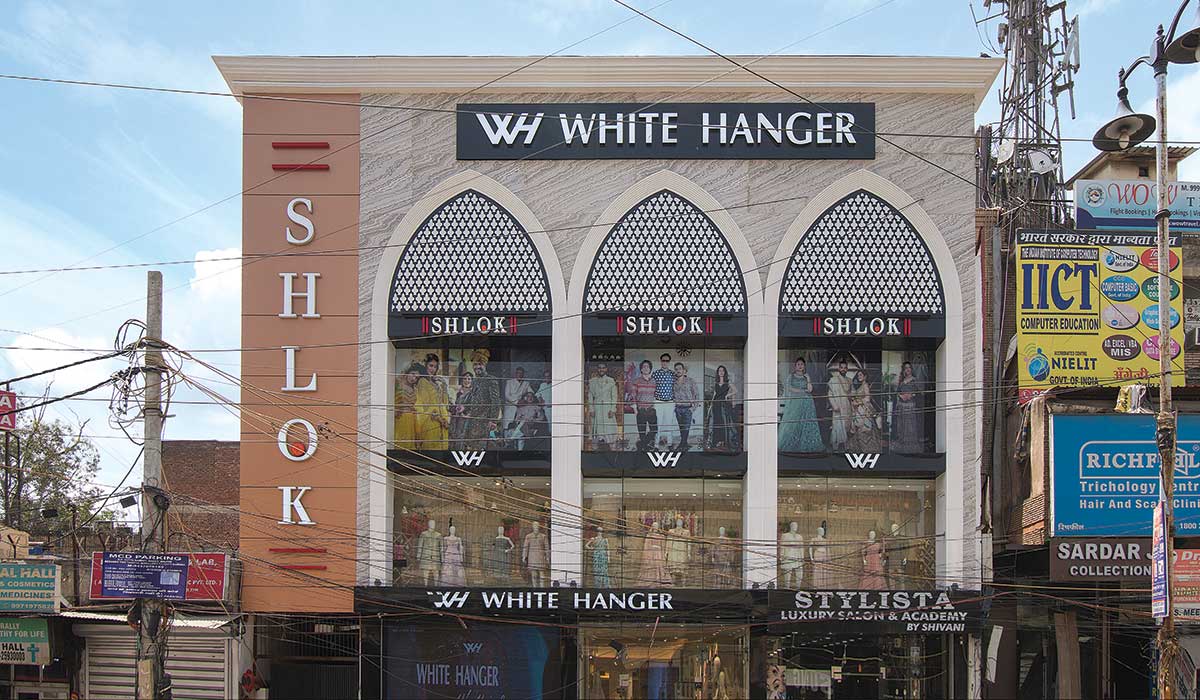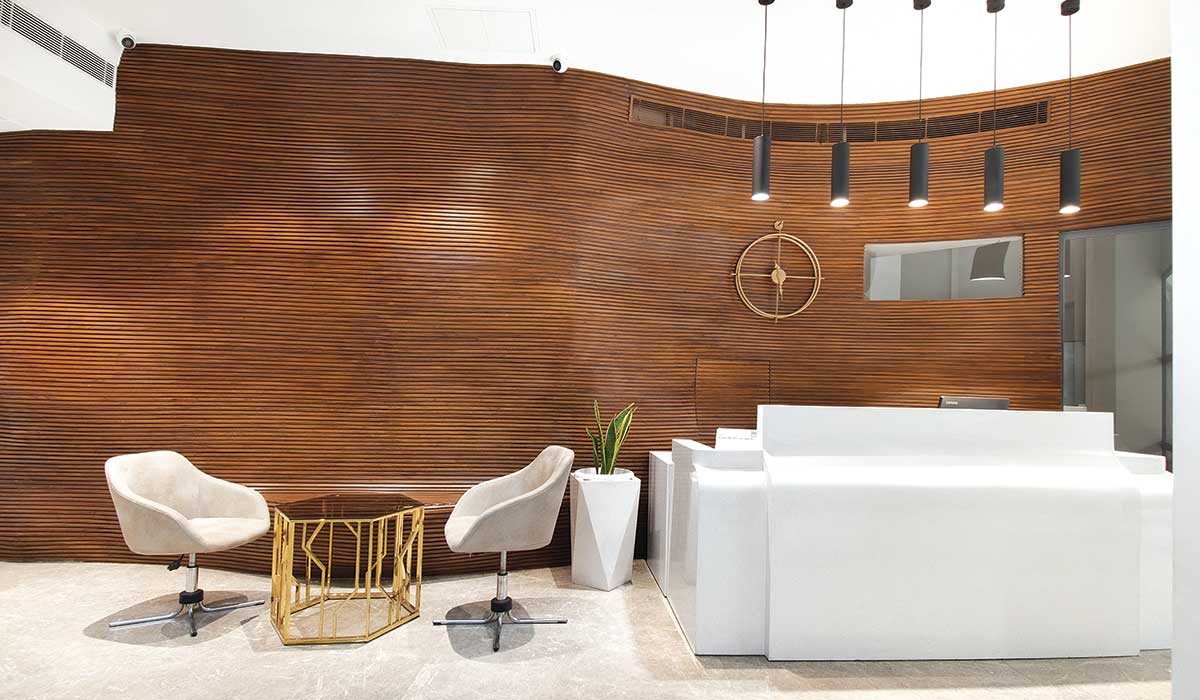
Adapting to Global Trends: A Balancing Act of Tradition and Modernity: The architectural profession in India is a balance of preserving tradition and integrating modern design principles, as a response to global trends. The narrative is changing with the growing need for energy-efficient, sustainable buildings. From passive design strategies to integration of renewable energy sources, architects are exploring solutions that reduce ecological footprints while ensuring a coexistence with the natural surroundings. Further, bridging tradition and technology, the juxtaposition of age-old materials with modern, sustainable alternatives pays homage to cultural heritage and addresses contemporary challenges.

Catalysts of Architectural Evolution: Architecture is moving towards new opportunities, displaying remarkable adaptability to new trends, and fostering a culture of innovation. Changing lifestyles, urbanization, and evolving family structures have ushered in a residential revolution. The new skyline is foreseeing homes that reflect the needs of contemporary living with open layouts, multifunctional spaces, and an integration of indoor and outdoor living. Public spaces are seeing community-centric designs with plazas and parks becoming cultural hubs, functional entities, and inclusive spaces.
Quality, Speed, and Sustainability: Architects are exploring creative use of materials like bamboo and recycled materials. Prefabrication and modular construction techniques are gaining prominence for their ability to expedite construction timelines, reduce waste, enhance efficiency, improve cost-effectiveness, and minimize the environmental impact of construction projects.

Envisioning the Future of Indian Architecture: The future is a fusion of sustainable and resilient design, addressing the challenges of environmental responsibility and climate change with emphasis on environmentally responsible designs. Net-zero energy buildings, regenerative designs, and eco-friendly materials will become commonplace as the profession aligns itself with global sustainability goals. Structures that can withstand extreme weather events, rising sea levels, and other environmental challenges will become imperative, mitigating risks, and contributing to the longevity of built environments. Going beyond aesthetics, Indian architecture now aims to make spaces that fit into a modern, inclusive, and eco-friendly society.















